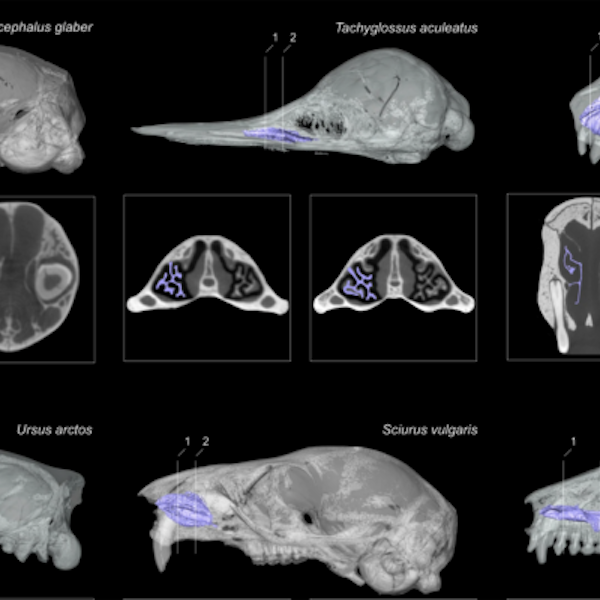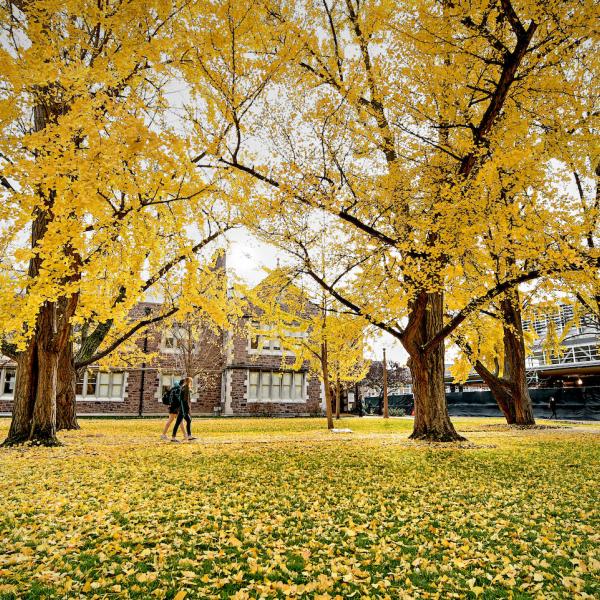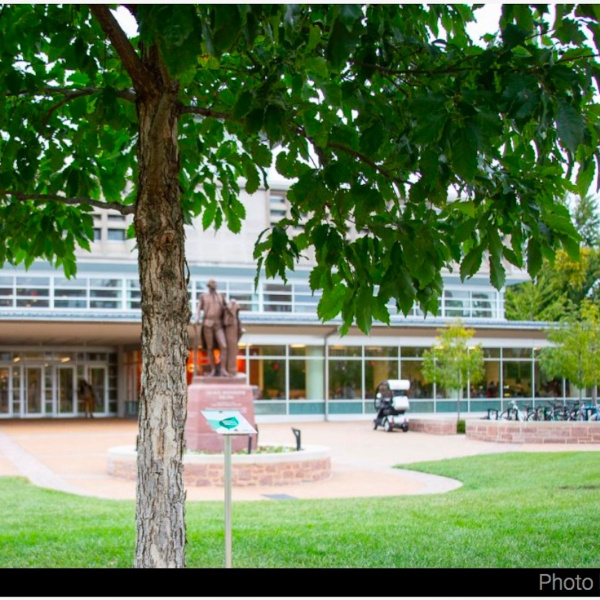Selected Publications
Books
Braude, S. and B. Low. 2010. An Introduction to Methods and Models in Ecology, Evolution, and Conservation Biology. Princeton University Press, Princeton, NJ.
Braude, S., A. Miceli, and D. Goran. 2012. Case Studies for Understanding the Human Body, Second Edition. Jones and Bartlett, Sudbury, MA.
Articles
Braude, S. and J Varghese. The oncoprotective fever hypothesis: have asprin and anti-malarials contributed to the rise in worldwide cancer rates? Medical Hypotheses, in press.
Braude, S., Holtze, S., Begall, S., Brenmoehl, J., Burda, H., Dammann, P., del Marmol, D., Gorshkova, E., Henning, Y., Hoeflich, A., Hohn, A., Jung, T., Hamo, D., Sahm, A., Shebzukhov, Y., Sumbera, R., Miwa, S., von Zglinicki, T., Hildebrandt, T. 2021. Surprisingly long survival of pre-mature conclusions about naked mole-rat biology. Biological Reviews. 96: 376-393. doi: 10.1111/brv.12660
Holtze, S., Gorshkova, E., Braude, S., Cellerino, A., Dammann, P., Hildebrandt, T., Hoeflich, A., Hoffmann, S., Koch, P., Terizibasi Tozzini, E., and Sahm, A. 2021. Alternative animal models of aging research. Frontiers in Molecular Bioscience Volume 8. Doi: 10.3389/fmolb.2021.660959
Braude, S., Hess, J., and Ingram, C. 2020. Burrow Invasion and Possible Kidnapping in Naked Mole-rats. Journal of Zoology. doi.org/10.1111/jzo.12834
Braude, S. and S. Tong. 2020. Kulkarni’s Barr Body Test for Criminality is Neither Accurate Nor Selective. Journal of Forensic Sciences, 65 (3): 1025.
Braude, S., Holtze, S., Hildebrandt, T., and Koch, R. 2020. Naked mole-rats do not disperse or deliver pups in correlation with moon phase. African Journal of Ecology, 58: 592-595.
Linneman, Z., Reis, C., Balaji, K., Moore, J., and Braude, S., 2019. The Vitamin D Positive Feedback Hypothesis of Inflammatory Bowel Diseases. Medical Hypotheses, 127 (2019) 154-158.
Ingram, C., Troendle, N., Gill, C., Braude, S., and Honeycutt, R., 2015. Challenging the inbreeding hypothesis in a eusocial mammal: population genetics of the naked mole-rat, Heterocephalus glaber. Molecular Ecology 24, 4848–4865.
Braude, S. and A. Beck. 2013. Complete Blood Counts with Differential: more accurate reference ranges based on circadian leukocyte trafficking. Journal of Clinical Pathology 66:109-110.
Braude, S. and J. Gladman. 2013. Out of Asia: An Allopatric Model for the Evolution of the Domestic Dog. ISRN Zoology 2013:1-7
Braude, S. 2013. Chapter 12: The adaptive significance of humor. In: Foundations of human social evolution: Contributions of Richard D. Alexander. Crespi, B. and Summers, K., eds. Oxford University Press, New York.
Braude, S. and R. Templeton. 2009 Understanding the Multiple Meanings of Inbreeding and Effective Size for Management of Rhinoceros Populations. African Journal of Ecology 47: 546-555.
Goran, D. and Braude, S. 2007. Social and Cooperative Learning in the Solving of Case Histories. American Biology Teacher, 69 (2): 80-84.
Braude, S. 2007. The Multiple Meanings of Inbreeding: The Key to Understanding the Social and Genetic Structure of Subterranean Rodent Populations. In Beagal, S., Burda, H., Schleich, C., eds. Subterranean Rodents: News from Underground. Springer Verlag. pp 331-340.
Braude, S. and L. Corey. 2006. The Confidence Game: A simple activity with dice teaches students the importance of replication and sample size in data collection. Science and Children 44(1):40-44.
Braude, S., Ciszek, D., Berg, N., and Shefferley, N., 2001. The Ontogeny and Distribution of Countershading in Colonies of the Naked mole-rat, Heterocephalus glaber. Journal of Zoology London 253: 351-357.
Braude, S. 2000. Dispersal and new colony formation in wild naked mole-rats: evidence against inbreeding as the system of mating. Behavioral Ecology 11:7-12.
Braude, S., Tang-Martinez, Z., and Taylor, G. 1999 Stress, Testosterone, and the Immunoredistribution Hypothesis. Behavioral Ecology. 10(3): 345-350.
Sherman, P., Braude, S., and Jarvis, JUM, 1999. Litter sizes and mammary numbers of naked mole-rats: breaking the one-half rule. Journal of Mammalogy 80(3):720-733
Braude, S. 1998. The predictive power of evolutionary biology and the discovery of eusociality in the naked mole-rat. NCSE Reports, 17(4): 12-15.
Lacey, E., Braude, S., and Weiczorek, J. 1997. Burrow sharing by colonial tuco-tucos (Ctenomys sociabilis). Journal of Mammalogy 78(2): 556-562.






